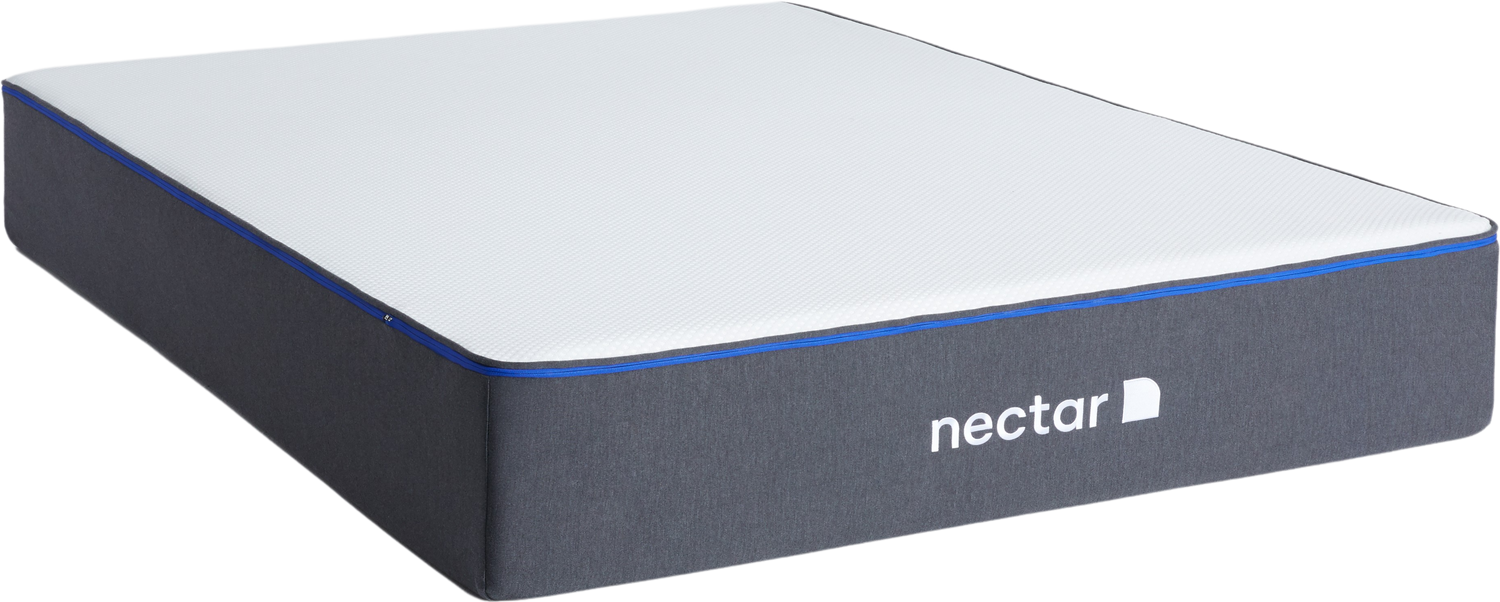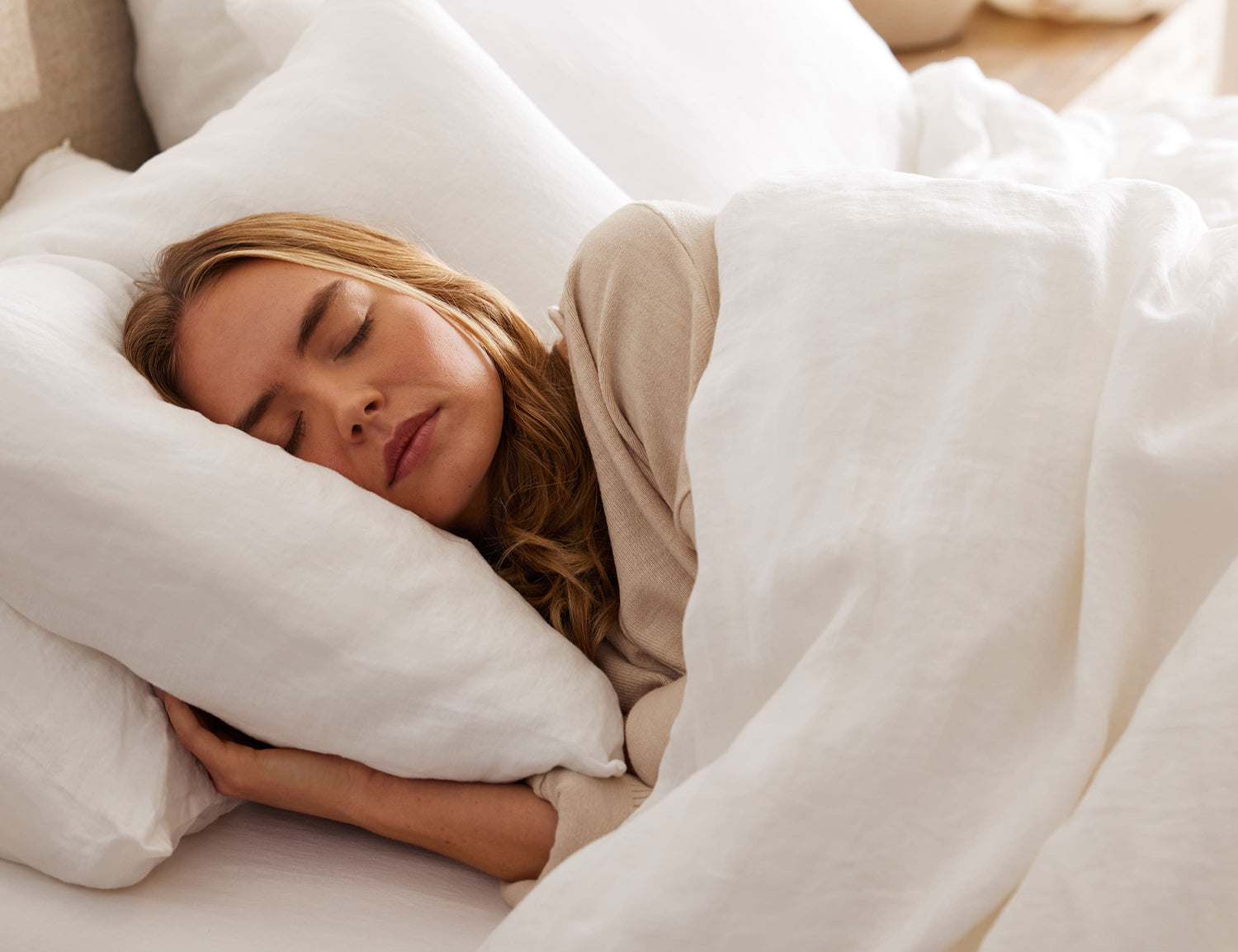Why Sleep is So Important for Back Pain Relief
You know that feeling of waking up and already feeling stiff or sore? It’s frustrating. Good sleep isn’t just about feeling rested—it plays a big role in how your body recovers. When you sleep well, especially when you reach deep stages like REM sleep, your body gets a chance to repair itself. Muscles relax, inflammation reduces, and everything has a chance to realign.
But if your mattress isn’t up to the task—if it’s sagging, too soft, or putting pressure in all the wrong places—then you’re doing more harm than good. Instead of healing during the night, your body’s fighting against a bad setup. And that can mean even more tension and pain the next day.
In other words, your bed shouldn’t just be a place to lie down—it should be a tool for recovery. A good mattress supports your spine, cushions your pressure points, and helps you fall asleep faster and stay asleep longer. If yours isn’t doing that, it’s time to think about upgrading.
Is a Firmer Mattress the Answer?
The short answer? Sometimes. But it’s not quite as simple as “firm = better.”
For a long time, we were all told that a firm mattress was the answer to back problems. But sleep research has evolved. These days, most experts agree that a medium-firm mattress tends to offer the best mix of support and comfort. We're talking around a 6 or 7 out of 10 on the firmness scale—not rock-hard, but definitely not too soft.
Why? Because a medium-firm mattress gives you the structure your spine needs to stay aligned, without sacrificing comfort. It should “give” a little at the shoulders and hips (especially important for side sleepers), while still keeping your lower back supported.
Of course, firmness is a bit subjective. What feels firm to one person might feel too soft or too hard to another. That’s why mattress trials are so helpful—you can figure out what works for your body in your actual sleeping environment, not under harsh store lights while someone waits for you to make a decision.
In the end, you’re looking for that sweet spot: something supportive, but also cushioned enough to contour to your shape and relieve pressure.
Your Sleep Position Matters (A Lot)
Not all of us sleep the same way, and that makes a difference in what kind of mattress you should be looking at.
Stomach sleepers, we see you—this position can be tough on your lower back. A mattress that’s too soft will have your hips sinking out of alignment, putting pressure on your spine. Look for something firm enough to keep you level, but with enough comfort in the top layers to ease pressure on your ribs and shoulders.
Back sleepers need a bed that keeps their spine in a neutral position. Too soft, and you’ll sink in and curve your back unnaturally. Too firm, and you’ll miss out on the pressure relief your shoulders and hips need. A supportive, medium-firm mattress with a bit of contouring usually works best here.
Side sleepers—you’ve got the trickiest challenge. Your shoulders and hips press more deeply into the mattress, which means you need good pressure relief in those areas, but also enough support to prevent your spine from curving sideways. You might also benefit from placing a pillow between your knees for added alignment, but the right mattress will do most of the work.
Bottom line? A really good mattress should support all types of sleepers. But it helps to understand your own habits, so you can choose something that gives your body the best chance to rest and recover.
Let’s Talk Foam: Why Memory Foam Mattresses Are So Popular
If you’ve looked at mattresses recently, you’ve probably noticed that foam beds—especially memory foam—are everywhere. And there’s a good reason for that.
Memory foam mattresses are great for back pain because they offer a blend of support and pressure relief that’s hard to beat. They contour to your body, meaning they’ll adapt to your unique shape and distribute your weight more evenly. That helps reduce pressure points and keeps your spine in better alignment.
Older memory foam beds got a bit of a bad reputation for being too hot. But newer models—especially those with gel-infused foam or breathable designs—have fixed that issue, making them much more comfortable year-round.
Another big benefit? Durability. Unlike innerspring mattresses that rely on coils (which can lose tension over time), foam beds are made from solid materials that hold their shape well. That means less sagging and a longer-lasting bed—important when you’re trying to avoid those painful dips and lumps that throw your back out of alignment.
And here’s something else to consider: many top foam mattresses now come with lifetime guarantees. That’s a big win if you’re looking for a mattress that supports your back and your budget over the long haul.
Hybrid Mattresses: The Best of Both Worlds?
Not totally sold on foam alone? You might want to look into hybrid mattresses.
A hybrid mattress combines foam layers (often including memory foam for cooling and pressure relief) with a base of individually pocketed coils. The result is a mattress that offers excellent support, bounce, and airflow—plus the body-cradling comfort of foam.
These beds can be especially helpful if you want the pressure relief of memory foam but miss the responsive feel of a more traditional spring mattress. The coils also offer a bit more edge support and make it easier to move around in bed—something that’s often overlooked but very important when you’re dealing with back stiffness or limited mobility.
The best hybrid mattresses strike a careful balance: enough give to contour your pressure points, enough structure to keep your spine supported, and enough breathability to keep you cool through the night.
The Secret Weapon? A Home Trial
Now, let’s go back to that important point we mentioned earlier: the best way to find the right mattress for your back pain is to actually sleep on it. At home. For weeks.
A showroom mattress trial can’t really tell you anything useful. You might lie on a bed for five minutes, but that doesn’t show you how your body will feel after eight hours—or after a week, or a month.
That’s why so many mattress companies now offer home trials, often ranging from 100 nights to a full year. These trials let you see how the mattress performs in your actual environment—your pillow, your room temperature, your sleep habits. You get to test it while you toss and turn, sleep in different positions, and see how your back responds over time.
This is a total game changer. Especially when it comes to something as personal (and potentially painful) as back support. If the mattress doesn’t work for you, you can usually return it for a full refund.
So don’t guess. Don’t rush. Don’t settle. Use that trial to figure out whether the mattress is genuinely helping your back or just pretending to.
Final Thoughts
If you’re living with back pain, your mattress isn’t just a piece of furniture—it’s a key part of your health. The right one can help you sleep better, move more freely, and even reduce your reliance on pain relief.
Whether you go with memory foam, hybrid, or something in between, make sure your mattress offers the right balance of support and comfort. Keep your sleep position in mind, don’t go too soft or too hard, and most importantly—take advantage of home trials to find what really works for you.
Because at the end of the day (literally), a great mattress isn’t just about sleep—it’s about waking up ready to take on the day without that familiar ache in your back.
Here’s to finally getting the rest—and relief—you deserve.
This blog post is for informational purposes only and does not constitute medical advice. If you have concerns about your sleep, health, or wellbeing, please consult your GP or a qualified healthcare professional. The views expressed in this post are those of the author and are intended to share general insights, not to diagnose or treat any condition.




